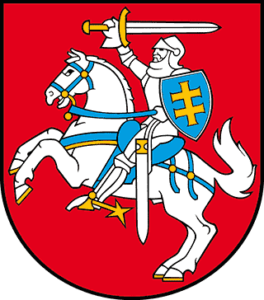On October 11, 2022, through the work of Krista Jacobsen, the following two letters were sent to USPTO Director Kathi Vidal:
-
- A first letter, signed by twenty-seven patent practitioners, was about erroneous information in official Filing Receipts regarding publication dates. You can see the signed letter here.
- A second letter, signed by twenty-five patent practitioners, was about missing information in official Filing Receipts regarding whether or not a Foreign Filing License has been granted. You can see the signed letter here.
Today, January 6, 2023, the USPTO published a document bearing Director Vidal’s signature and dated January 3, 2023. It seems the USPTO plans to publish the document in the January 24, 2023 Official Gazette. You can see the document here and it is archived here. Director Vidal’s Notice admits that in March of 2022, the USPTO broke something about how it generates filing receipts, so that there were many FFL-related defects in many filing receipts thereafter, and filing receipts in design patent applications and provisional applications got mailed that wrongly showed a projected publication date. (The USPTO does not publish design patent applications or provisional patent applications.) The notice admits that the USPTO did not fix what was broken until October 18, 2022. After that, the USPTO mailed out corrected filing receipts to replace the filing receipts that failed to say that an FFL had already been granted.
For several reasons, including knowledge of internal communications at the USPTO after Krista sent the two letters, I believe that it was specifically Krista’s two letters that made the USPTO aware of the problems, and I believe that her two letters were the direct cause of the USPTO fixing its broken system.
What I find extremely disappointing is that Director Vidal’s notice fails to say “thank you”. It fails to acknowledge the communications that brought this problem to her attention.
In Director Vidal’s notice, the USPTO pretends that it was the USPTO that “discovered” these problems.
It would not have cost a penny for Director Vidal to add a sentence to her notice, saying something like “The USPTO thanks a group of patent practioners whose letters to the USPTO prompted the corrective action by the USPTO.”
I think the right thing now would be for Director Vidal to prepare and mail a letter of thanks to Krista, and through her, to the more than two dozen signers of the two letters.


